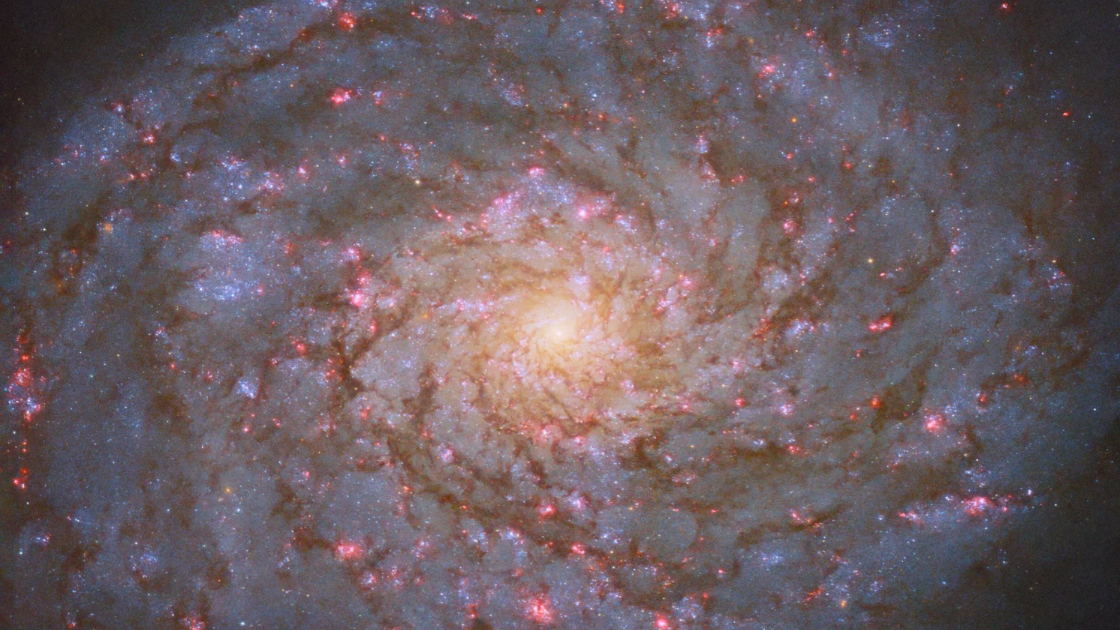The Latin word ‘coma,’ in the constellation Coma Berenices, references A Queen’s hair
NGC 4689 lies in the hair of a queen
This NASA/ESA Hubble Space Telescope image shows the spiral galaxy NGC 4689, which lies 54 million light-years from Earth in the constellation Coma Berenices. This constellation is named after the historical figure, Queen Berenice II of Egypt.
Folklore of Coma Berenices
The name of the constellation Coma Berenices is from a story about Queen Berenice’s court astronomer thinking that a missing lock of her hair had been placed amongst the stars by the gods.
Folklore is often the foundation of modern astronomy
Modern Astronomy
At a distance of 54 million light-years, NGC 4689 is relatively nearby for a galaxy.
This image includes data from two sets of observations, one made in 2019, the other in 2024 , and both are part of programs that observed multiple ‘nearby’ galaxies.
Observations from Webb Telescope Provide Infrared Data In High Detail
Observations collected by Webb stand to transform our understanding of how galaxies change and evolve over time, by providing infrared data at an unprecedented level of detail and clarity.

However, ultraviolet and visible light observations from Hubble — such as those used to create this image — complement Webb’s observations. In this case, the Hubble data offer a more accurate assessment of the stellar populations of nearby galaxies, which is crucial to understanding their evolution.
Hubble and Webb observations play an important role in developing our understanding of how galaxies form and evolve, and observations of NGC 4689 are a valuable part of that quest for knowledge. In fact, Hubble featured an image of the galaxy before, in 2020.
Original Text Credit: European Space Agency (ESA); Edited by Ashley Deese for NaturalistsGuide.com
Image Credit: ESA/Hubble & NASA, D. Thilker, J. Lee, and the PHANGS-HST Team







